Down syndrome or trisomy 21 is a genetic disorder affecting human chromosomes, more precisely the 21st chromosome. People suffering from the syndrome have an extra copy of this chromosome. There are different forms of this disease, depending on the presence of extra copies of chromosomes in the body cells.
Trisomy 21 is characterized by the presence of this extra copy in every cell of the body, while in other forms, such as mosaic and translocation Down syndrome some of the cells do not have chromosome abnormalities. This syndrome can be inherited from one of the parents, but in most cases, people are born with this condition after some genetic mistake at conception or birth.
Characteristics Specific for Down Syndrome
Most of us will know how to recognize a person suffering from Down syndrome. They have upward slant eyes, and round and usually flat faces. These babies and children are smaller than kids without chromosome abnormalities, which remains the same when they grow up – they still do not grow as tall as other people. Other characteristic signs include white patches on the edge of the iris and folds of the skin on the inside of the eye.

Besides physical characteristics, patients suffering from Down syndrome also face developmental and learning problems. As babies, they usually need more time to learn how to crawl, sit up or smile, as well as how to walk, but the area where most of these kids have problems is their speech.
Signs and Symptoms of Spine Problems in Down Syndrome Patients
The atlantooccipital joints allow the movements of flexion and extension of the spine. However, under some pathological circumstances, there is displacement of C1 and C2 spine vertebrae and patients experience some of the symptoms of this condition.
About 10 to 30% of patients diagnosed with Down syndrome in the United States are also found to be suffering from partial dislocation (subluxation) of the mentioned joint or atlantoaxial instability, mostly affecting children regardless the sex.
This atlantoaxial instability may be associated with excessive laxity or the posterior transverse ligament or congenital absence of the atlas ligament in these patients, as well as with infections of the nasopharyngeal area in cases of present subluxation. Adult Down syndrome patients may suffer from rheumatoid or degenerative arthritis of the cervical spine, leading to atlantoaxial instability.
- Forty-four Kuwaiti subjects with DS, whose ages were ?15 years, were evaluated clinically and radiographically. Lateral neck radiographs were taken in the neutral and flexion positions.
- Asymptomatic AAI was diagnosed in eight subjects (18%) and congenital anomalies of C1–2 were found in five (12%). Five patients had AAI in flexion only while three patients had it in both views. Three patients with AAI had odontoid anomalies contributing to the condition.
- When assessing AAI, the posterior atlanto-odontoid distance has to be considered because it indicates the space available for the cord. Cervical spondylosis was noted in 16 (36%) subjects. Degenerative changes increased with age, occurred earlier than in the normal population, and affected mostly the lower cervical levels. Half the patients with AAI had cervical spondylosis, a comorbidity that puts the cord at increased risk.
Gait disorders and weakness as motor system abnormalities are very commonly seen in these patients. Such people could also suffer from progressive spasticity of the legs, while neurologic signs usually develop over several weeks. These patients might experience some focal weakness as a sign of myelopathy caused by atlantoaxial instability.
Down syndrome children may become hypotonic due to this condition. Besides these signs, torticollis (twisting of the neck) is considered a sign of atlantoaxial instability in these patients until some other diagnosis is established.



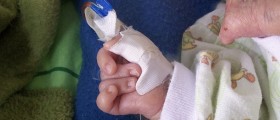

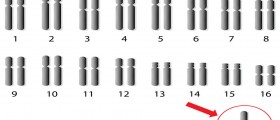


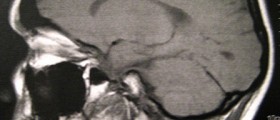

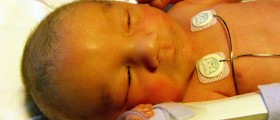

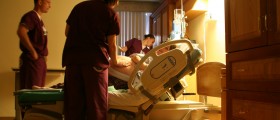




Your thoughts on this
Loading...